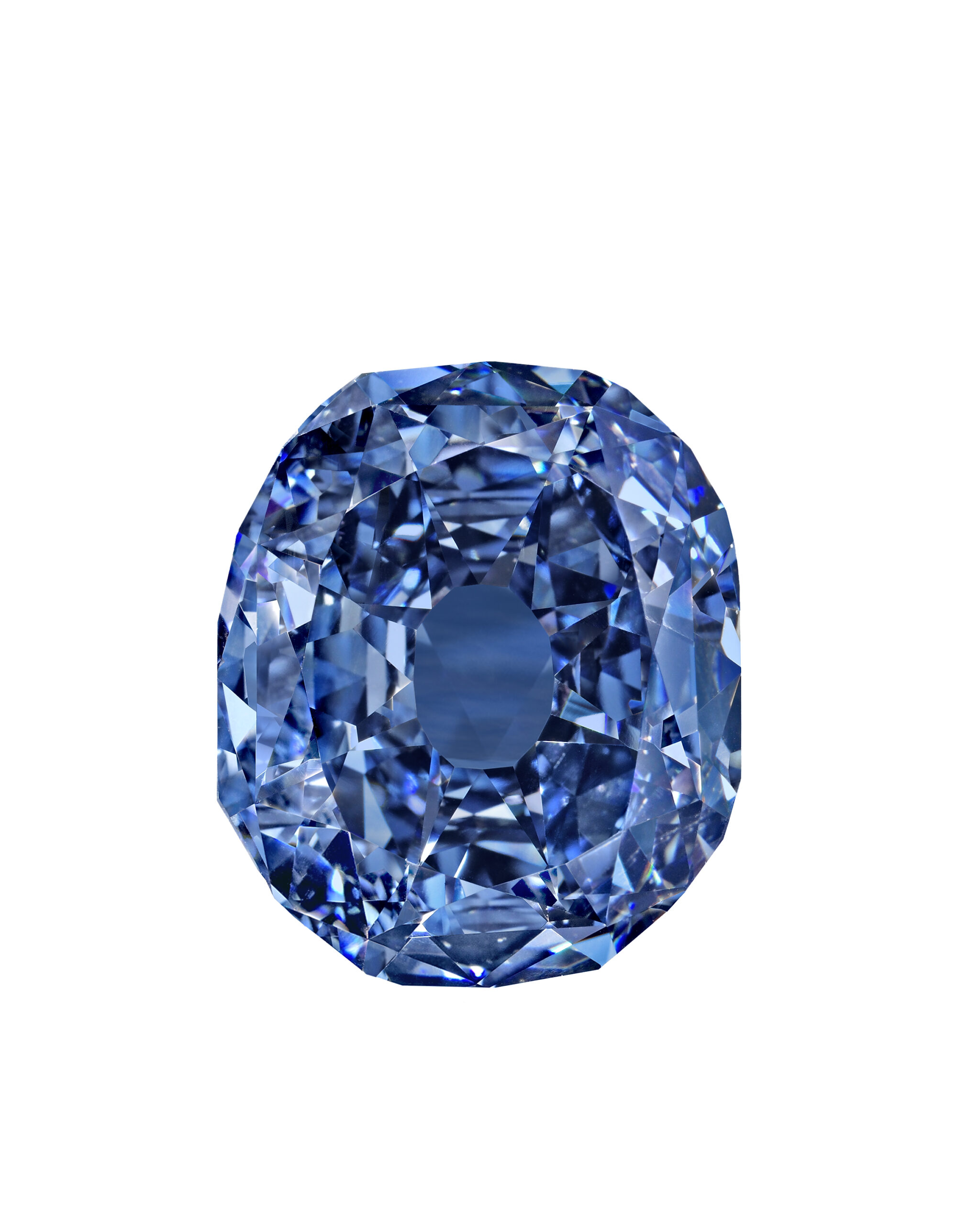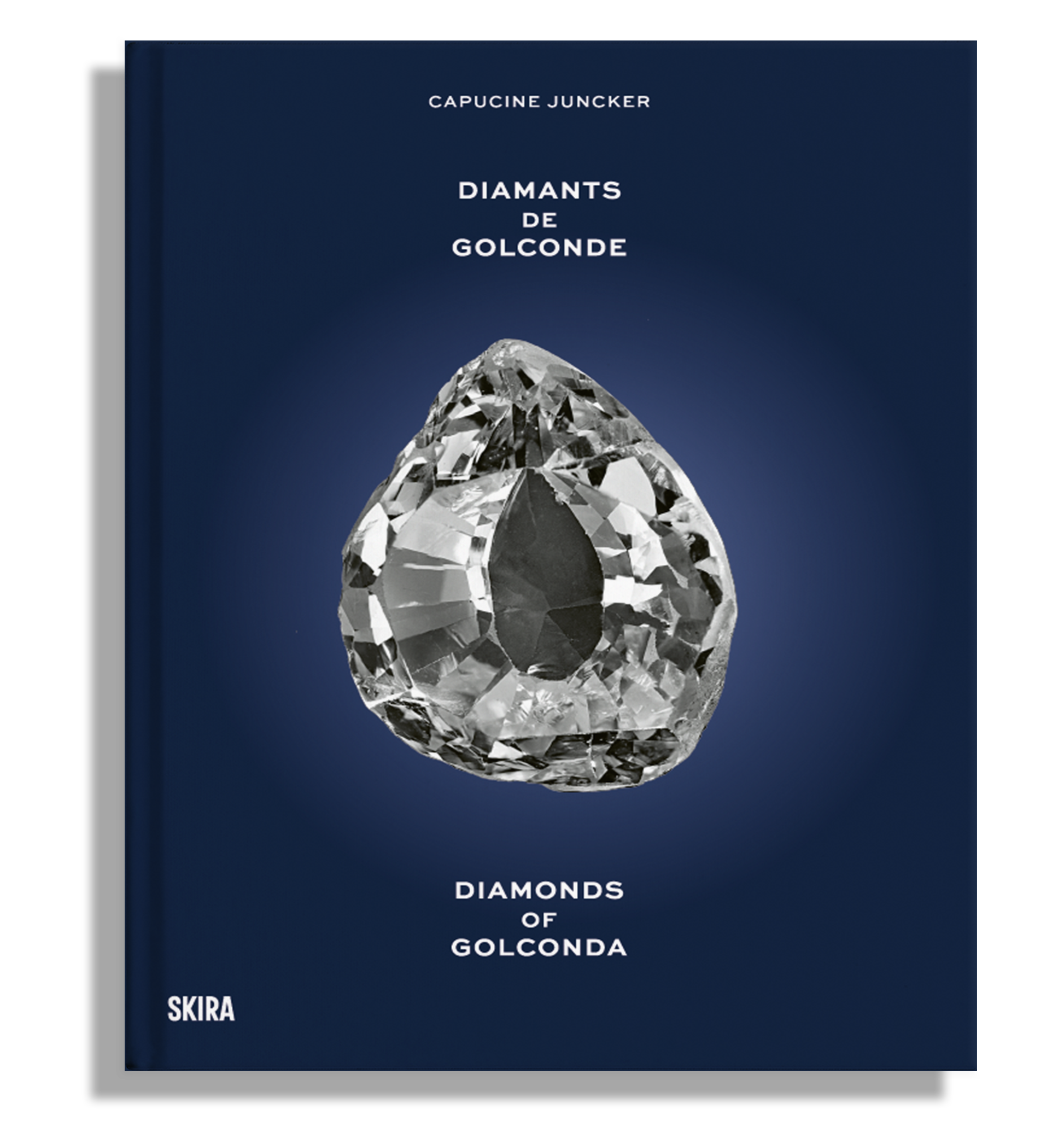GemGenève – May 8, 2025. Roundtable: The Diamonds of Golconda
What do the Hope and the Koh-i-Noor have in common? The Regent and the Orlov?
They are all diamonds from Golconda.
Why have these stones, extracted from the ancient mines of the Deccan in India, become legendary?
On the occasion of the GemGenève – International Gem & Jewellery Show, which will take place in Geneva from May 8 to 11, 2025, an exceptional panel discussion will be devoted to the Golconda diamonds.
The event, scheduled for May 8 from 3:30 pm to 4:30 pm and moderated by Gabrielle de Montmorin, will bring together two complementary perspectives:
– the rigorous scientific approach of the Swiss Gemmological Institute (SSEF), presenting the current state of knowledge on the physical and chemical characteristics of these diamonds and examining the criteria for identifying a “Golconda” stone;
– and the documented historical approach, retracing the trajectories of these gems from antiquity to their place in the royal collections of Europe.
This discussion will explore what the name “Golconda” encompasses today, at the crossroads of scientific analysis and historical legacy.
Speakers:
I will be delighted to meet you afterwards for a signing session of Diamonds of Golconda (Skira) at the Letubooks art bookstore, stand M-01, between 4:30 pm and 5:30 pm.

“In December 2008, the Wittelsbach was back at Christie’s of London, where it had failed to sell in 1931. This time, it brought in a record price of 16.4 million pounds. The buyer was the jeweller Laurence Graff.
The new owner soon announced his intention to retouch the gem, which in his opinion had been damaged by the passage of time. This idea outraged many experts and historians, who believed that the original baroque cut was an inherent part of the diamond’s identity. Photographs taken by Christie’s in 1930 also showed that the diamond was almost perfectly cut, providing a wealth of information about the art of diamond cutting in the 17th century. The appraisals by experts in 1963 prior to its resale attested to its extremely high quality. One museum director went so far as to say that it was like “painting over a Rembrandt in a reckless effort to increase its market value”.
Laurence Graff was not moved by these protests. The result he obtained after repolishing was a loss of four and a half carats (from 35.56 to 31.06) but a much better degree of colour, going from ’fancy deep greyish blue’ to ’fancy deep blue’. The jeweller renamed this diamond the ’Wittelsbach-Graff’. It was exhibited in 2010 at the Smithsonian Institution in Washington, then sold to an anonymous Chinese buyer for an estimated five times its purchase price at Christie’s.”
In Diamonds of Golconda, Wittelsbach-Graff, p. 180-181.
***
GemGenève
Edition du 8 au 11 mai 2025
Palexpo Halle 1
Route Francois-Peyrot 30
1218 – Le Grand-Saconnex GE
Switzerland
Letubooks, librairie d’art
Rue Jean Calvin 2ter
CH – 1204 Genève
ar**@*******ks.com
+41 (0)22 310 47 57
SWISS GEMMOLOGICAL INSTITUTE SSEF
Aeschengraben 26
CH-4051 Basel
Switzerland
+41 61 262 06 40

Visuals: the Wittelsbach before and after recutting (Wittelsbach-Graff)